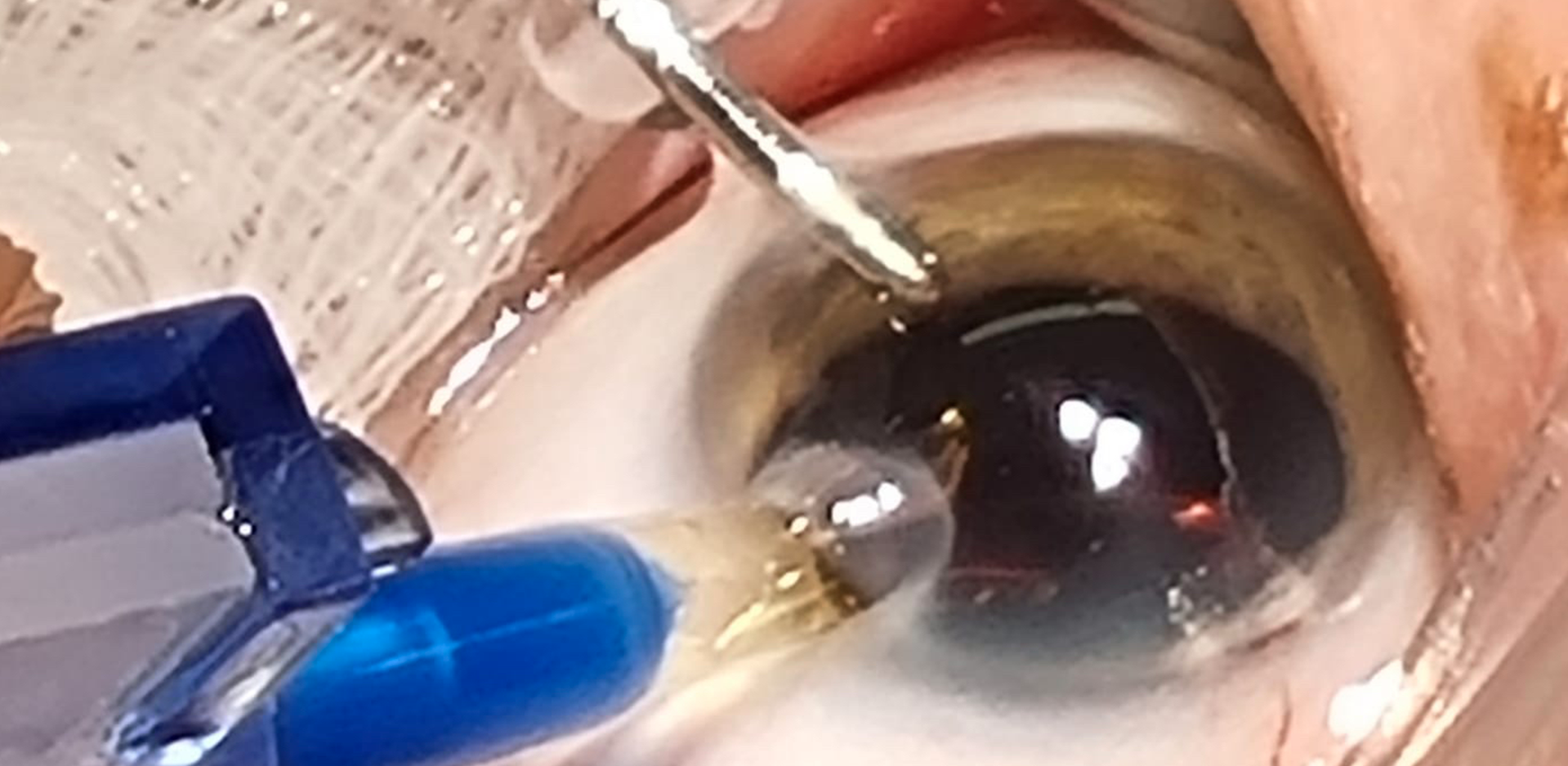Aims: The aim of the work was to find out the current subjective preferences of Czech cataract surgeons in terms of individual procedures, techniques and materials used during cataract surgery.
Material and methods: This study was conducted in the form of a questionnaire (online, a total of 44 questions). The survey respondents were members of the Czech Society of Refractive and Cataract Surgery. Questions 1–10 concerned the characteristics of the respondent (age, number of operations performed, type of workplace, etc.). Questions 11–20 focused on the surgical procedure used by the specific surgeon (anaesthesia, viscomaterial, position of the main incision, use of antibiotics at the end of the operation, etc.). Questions 21–34 concerned the type of intraocular lens used. Lastly, in questions 35–44, respondents were asked about their individual preferences if cataract surgery were to be performed on them.
Results: The questionnaire was fully or partially completed by 72 surgeons (26% of the originally approached subjects). Most of the respondents were experienced surgeons, 74.5% of them have been performing surgeries for more than 10 years, out of which 55.5% perform more than 500 operations per year. The average age of the respondents was 50 years. 65.3% of surgeons use hydroxypropylmethylcellulose during surgery, 74% do not use a femtosecond laser for surgery, 50% never perform posterior circular capsulorhexia, and 98% apply antibiotics to the anterior chamber at the end of surgery. Surgeons predominantly use hydrophobic (80.8%), aspherical (72.3%), clear (54.3%), single-focal (97.9%) and non-preloaded (78.3%) lenses. However, if they were not limited or restricted in any way in their choice, they would prefer aspherical lenses (94.6%), multifocal or extended-focus lenses (78%) and preloaded lenses (96.8%).
Conclusion: The subjective preferences of Czech cataract surgeons are relatively variable regarding the individual steps. Often the procedures used do not always correspond with the actual preferences of the surgeon. On the contrary, there is almost complete unity in the steps recommended by professional societies (intracameral antibiotics at the end of the operation).

